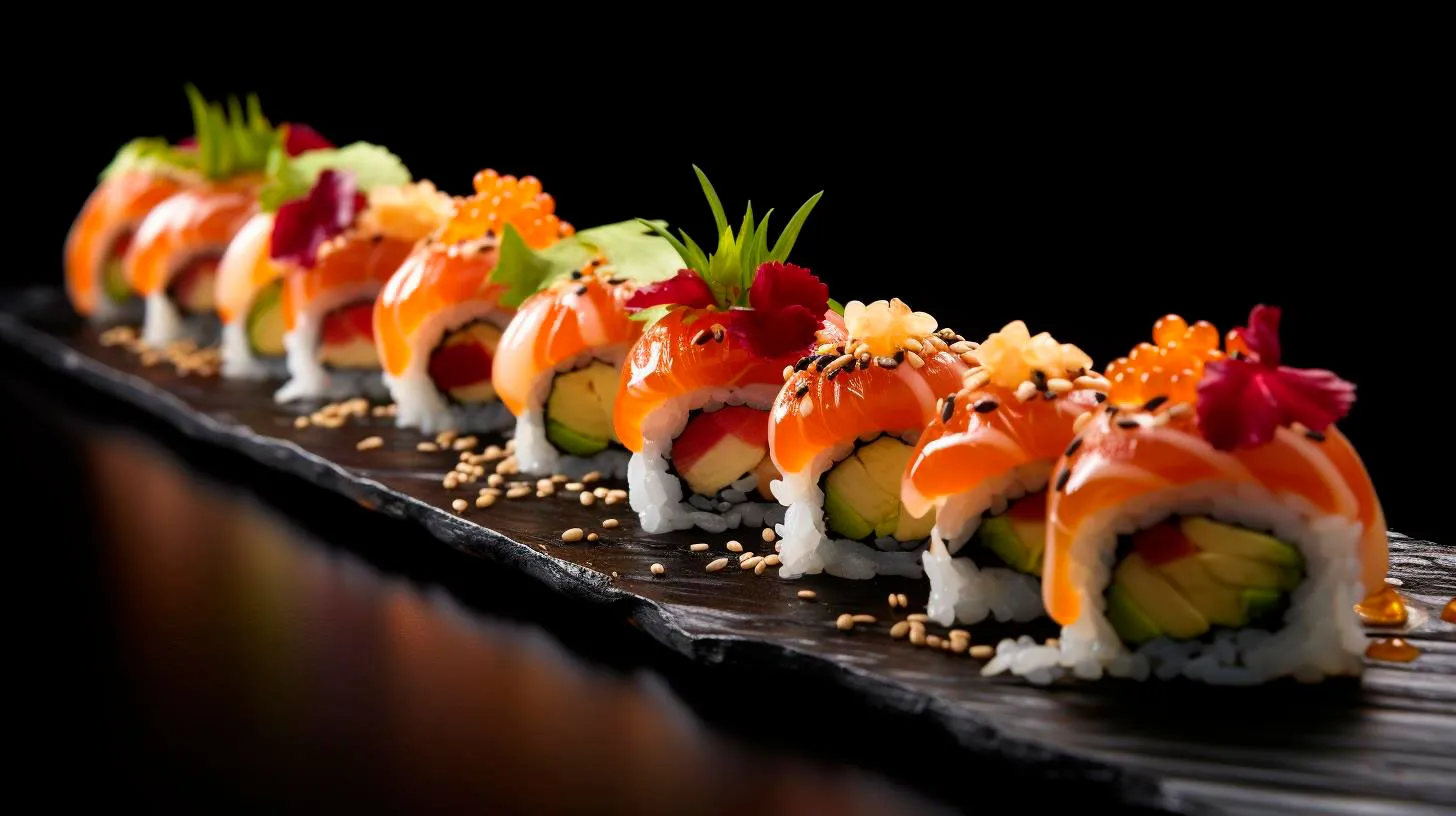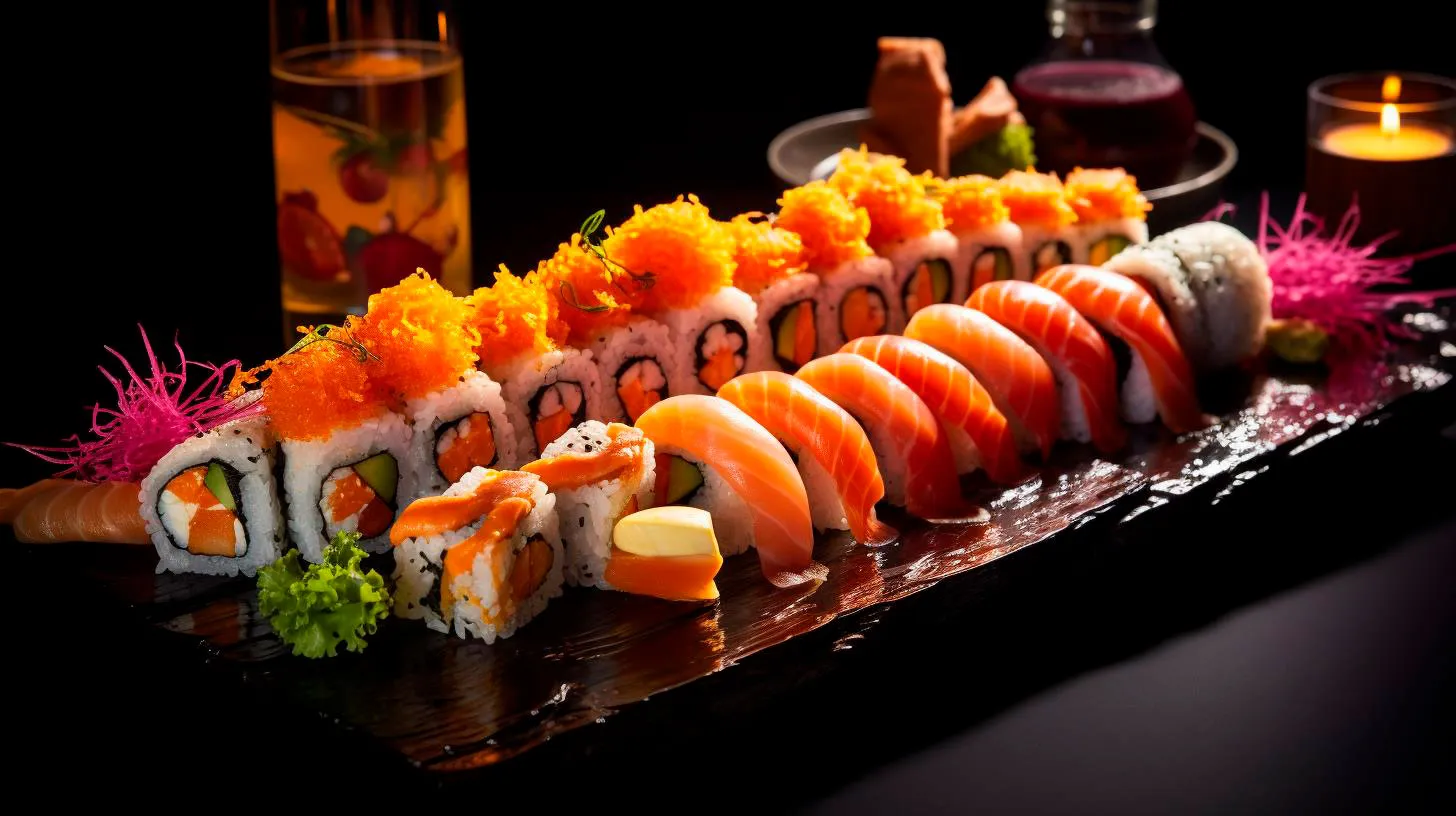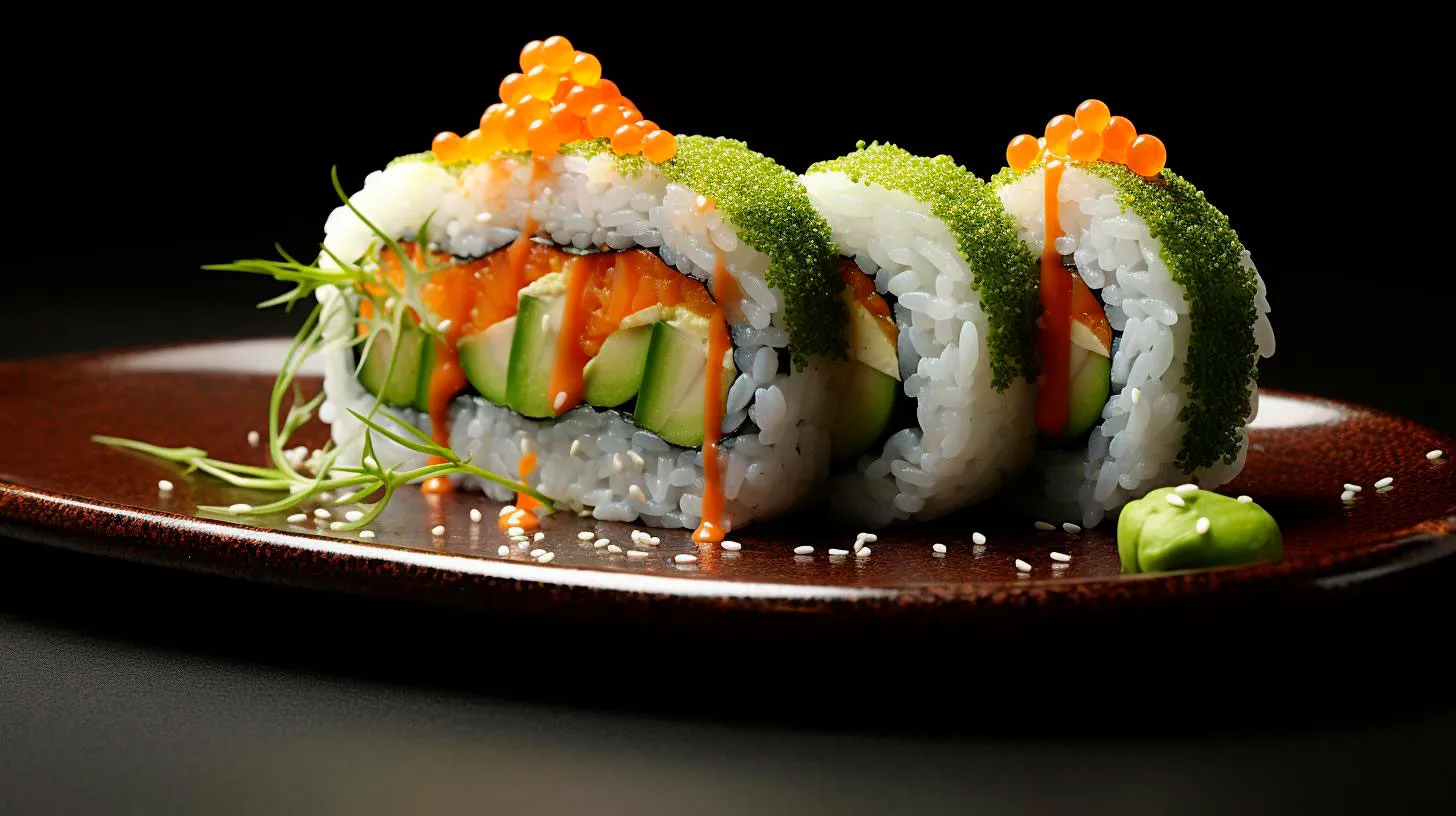Reviving the Art: How to Restore Forgotten Blades
In this article, we will explore the key steps involved in restoring these cherished artifacts, explore the advantages of blade restoration, and provide some essential tips for a successful restoration project. So, let’s sharpen our knowledge and embark on this rejuvenating journey together!
The Art of Blade Restoration
Blade restoration is a meticulous craft that involves refurbishing and rejuvenating blades to their original condition. The process may vary depending on the type and condition of the blade, but there are some fundamental steps that remain consistent:
- Inspection: The first step is closely examining the blade, taking note of any imperfections, rust, or damage that needs attention.
- Cleaning: Removing rust, dirt, and any residue accumulated on the blade is crucial. Various methods, such as chemical cleaners, wire brushes, or sandpaper, are employed to restore the blade’s shine.
- Polishing and Grinding: This step involves carefully reshaping the blade, eliminating any dents, nicks, or scratches. Polishing brings out the blade’s full luster, enhancing its aesthetic appeal.
- Handle Restoration: If the blade is part of a larger weapon, attention must be given to the handle. Careful restoration and replacement of damaged or worn-out handles can enhance not only the appearance but also the usability of the blade.
- Preservation: Once the restoration is complete, applying a thin coat of protective material, such as oil or wax, helps prevent future corrosion and ensures the longevity of the restored blade.
The Advantages of Blade Restoration
Now that we have a clear understanding of the restoration process, let’s delve into the advantages it offers:
- Preservation of History: Blade restoration revives forgotten artifacts, enabling us to connect with the rich history and stories behind these blades. Preserving these historical treasures allows future generations to appreciate their significance.
- Increased Value: A well-restored blade can significantly increase its market value. Collectors, enthusiasts, and museums value blades that are meticulously restored to their former glory.
- Enhanced Aesthetics: Blade restoration brings out the beauty and craftsmanship of these weapons. Polishing and cleaning reveal intricate patterns, stunning details, and subtle nuances that may have been concealed under layers of dirt and neglect.
- Improved Functionality: Proper restoration not only enhances the aesthetics but also improves the functionality of the blade. By reshaping the blade and restoring the handle, the usability and practicality of the blade can be significantly enhanced.
Essential Tips for a Successful Restoration
Now that we understand the importance and benefits of blade restoration, here are some tips to ensure a successful restoration project:
- Research and Educate Yourself: Before embarking on a restoration project, gather as much information as possible about the blade, its history, and restoration techniques relevant to its specific type.
- Get the Right Tools: Investing in high-quality tools, including cleaning agents, grinding wheels, and polishing compounds, is essential for achieving professional restoration results.
- Seek Professional Advice: When dealing with valuable or historically significant blades, it is advisable to consult experts or professional restorers who can provide guidance and ensure the best outcome.
- Be Patient: Blade restoration requires patience and attention to detail. Rushing through the process can lead to irreversible mistakes. Take your time and enjoy the journey.
- Maintain Proper Safety Measures: Handling blades, chemicals, and tools requires caution. Always wear appropriate protective gear, such as gloves and goggles, to ensure your safety throughout the restoration process.
In Conclusion
Blade restoration is a captivating art that allows us to revive forgotten blades, connect with history, and appreciate the intricate craftsmanship of these weapons. By following the appropriate steps and employing the essential tips discussed in this article, you can embark on your very own restoration journey. Remember, patience, research, and the right tools are crucial in achieving successful restoration results. So, let’s honor these blades and restore them to their former glory, keeping these marvelous pieces of art alive for generations to come.
The Art of Precision: Rejuvenating Your Sushi Knife
But like any other tool, a sushi knife requires regular care and maintenance to maintain its effectiveness and longevity. In this article, we will explore the art of precision in rejuvenating your sushi knife, ensuring it stays in pristine condition for years to come.
The Importance of Maintaining Your Sushi Knife
Before delving into the process of rejuvenating your sushi knife, it is vital to understand why this maintenance is necessary. Here are several key reasons why you should pay attention to your sushi knife’s upkeep:
- Enhanced Performance: Maintaining the sharpness and condition of your knife ensures optimal performance when cutting through delicate ingredients, resulting in clean, precise slices.
- Safety: A well-maintained sushi knife is safer to use, as it reduces the risk of slipping or the blade veering off course, preventing accidents and injuries.
- Extended Lifespan: By properly caring for your knife, you can prevent premature dulling, rusting, or damage, enabling it to serve you for many years without the need for constant replacements.
- Cost-effective: Rejuvenating your sushi knife through regular maintenance saves you money in the long run, as you won’t need to invest in a new knife as frequently.
Rejuvenating Your Sushi Knife: Step by Step
Now that we understand the significance of maintaining a sushi knife, let’s delve into the rejuvenation process itself. Follow these steps to keep your sushi knife in its optimal condition:
Step 1: Cleaning
Start by cleaning your knife thoroughly after each use. Rinse it under warm water and use a mild dishwashing soap to remove any food particles or oil residues. It’s crucial to avoid using harsh detergents or scrubbing the blade vigorously, as this can damage the knife’s surface.
Step 2: Sharpening
Regular sharpening is essential to maintain the knife’s edge. Use a quality sharpening stone, wet it, and hold the knife at a 15-20-degree angle against the stone. Swipe the blade across the stone in a smooth, controlled motion, starting from the base to the tip. Repeat this process on both sides of the blade until you achieve the desired sharpness. Remember to rinse the knife after sharpening and wipe it clean before use.
Step 3: Honing
Honing your sushi knife helps realign the blade and keeps the edge straight. Purchase a honing rod or ceramic stick and hold it vertically. Glide the knife across the honing rod at a 15-degree angle, applying light pressure. Repeat this motion several times on each side of the blade. Honing should be done regularly, preferably before each use.
Step 4: Storing
Proper storage plays a significant role in maintaining the quality of your sushi knife. Store it in a knife block, magnetic strip, or sheath to protect the blade from contact with other utensils, which can cause chipping or dulling. Avoid storing it in a damp environment to prevent rust formation. Additionally, it’s essential to keep the knife away from children’s reach for safety purposes.
Key Takeaways
Taking care of your sushi knife is a crucial aspect of being a sushi enthusiast or a professional chef. Remember these key takeaways to ensure your knife stays in prime condition:
- Regularly clean your knife after each use to remove food particles and oil residues.
- Sharpen your knife using a proper sharpening stone to maintain its razor-sharp edge.
- Hone the blade regularly with a honing rod or ceramic stick to keep the edge straight.
- Store your knife in a safe and dry place to prevent damage and rust formation.
By following these steps and incorporating them into your routine, you can unleash the full potential of your sushi knife and create culinary masterpieces with precision and ease. Embrace the art of maintaining your sushi knife, and let your passion for sushi flourish!
Unlocking Hidden Potential: Transforming Dull Blades into Masterpieces
Join us as we delve into the world of blade sharpening and reveal the secrets to achieving razor-sharp edges.
The Importance of Blade Sharpening
Blade sharpening is a crucial practice that should not be overlooked by professionals and DIY enthusiasts alike. With time and use, blades tend to lose their sharpness, resulting in inefficient cutting and frustration. By sharpening blades regularly, you can enhance their performance, extend their lifespan, and ultimately save money in the long run.
Consider the following advantages of blade sharpening:
- Improved Cutting Performance: Dull blades can result in Jagged and imprecise cuts. By sharpening your blades, you can achieve smooth and precise cuts, enhancing the overall quality of your work.
- Time-Saving: Sharp blades require less effort and time to complete a task. By investing a little time in sharpening your blades, you can significantly increase your productivity and efficiency.
- Maintenance Cost Reduction: Instead of constantly buying new blades, sharpening them regularly can save you a substantial amount of money in the long term. This is especially true for high-quality blades that tend to be quite expensive.
- Enhanced Safety: Dull blades tend to slip or get stuck, increasing the risk of accidents. By sharpening your blades, you minimize the chances of mishaps, creating a safer working environment.
The Blade Sharpening Process
Blade sharpening can be a simple yet nuanced process if done correctly. Here are the key steps to unlock the potential of your dull blades:
- Prepare Your Tools: Gather the necessary tools such as a sharpening stone, honing guide, and lubricating oil.
- Secure the Blade: Use a honing guide to hold the blade at the correct angle during sharpening. This ensures consistent and precise results.
- Choose the Right Technique: Depending on the type of blade, you may need to adopt a specific sharpening technique. Do your research and understand the angle and motion required for optimal results.
- Maintain Consistency: Focus on maintaining a consistent angle and pressure while sharpening to achieve an even and sharp edge.
- Test and Finetune: After sharpening, test the blade’s sharpness by performing a few test cuts. If necessary, make the required adjustments to achieve the desired outcome.
- Regular Maintenance: Sharpening should be a regular practice to ensure your blades stay sharp and efficient. Set up a schedule to keep track of when each blade needs sharpening.
The Hidden Potential Unleashed
By sharpening your blades and unlocking their hidden potential, you open up a world of possibilities. Here are the key takeaways from transforming dull blades into masterpieces:
- Increased Efficiency: Sharp blades require minimal effort, making the cutting process smoother and more efficient.
- Enhanced Accuracy: With sharp blades, you can achieve precise cuts, allowing you to work with intricate details and finesse.
- Extended Lifespan: Regular sharpened blades last longer, reducing the need for frequent replacements.
- Cost Savings: Avoid the cost of purchasing new blades by investing a little time in sharpening what you already have.
- Improved Safety: Sharp blades reduce the chances of accidents, providing a safer working environment for you and those around you.
So, don’t let your blades remain dull and underutilized. By unlocking their hidden potential through proper sharpening techniques, you can elevate your work to a new level of excellence. Invest the time and effort to transform your blades into masterpieces, and you’ll never look back!
Unlock Your Blades’ Hidden Potential Today!
From Dull to Sharp: Revitalizing Your Old Sushi Knife
In this article, we’ll guide you through the process of bringing back the sharpness to your old sushi knife, ensuring you get the most out of it. So, let’s dive in!
Why Revitalize Your Old Sushi Knife?
Before we get into the details, let’s understand why it’s worth putting effort into revitalizing your old sushi knife instead of replacing it outright. Here are a few key advantages:
- Cost savings: Purchasing a new high-quality sushi knife can be quite expensive. Revitalizing your old knife allows you to save money without compromising on the quality.
- Sustainability: By reusing your existing knife, you contribute to a more sustainable lifestyle by minimizing waste.
- Sentimental value: If you have an emotional attachment to your old sushi knife, revitalizing it allows you to maintain that sentimentality while still having a functional tool.
The Revitalization Process
Now that we understand the benefits, let’s explore the step-by-step process to revive your old sushi knife:
Step 1: Cleaning
The first step in revitalizing your sushi knife is to thoroughly clean it. Remove any food residue by gently scrubbing the blade with warm water and mild soap. Be cautious not to scrub too vigorously to avoid damaging the blade’s edge.
Step 2: Sharpening
Once the knife is clean, it’s time to sharpen it. Sharpening a sushi knife requires specialized tools such as a whetstone or a sharpening rod. Follow these steps:
- Moisten the whetstone or sharpening rod with water.
- Hold the knife at a 20-degree angle and slide it across the stone or rod in a consistent, sweeping motion.
- Repeat the process on both sides of the blade, ensuring equal sharpening.
- Finish by honing the blade with a leather strop to further refine the edge.
Step 3: Regular Maintenance
To prevent your revitalized sushi knife from becoming dull again, it’s essential to maintain it regularly. Here are a few maintenance tips:
- Wash the knife immediately after use and dry it thoroughly to prevent rust.
- Avoid cutting hard or frozen ingredients that can damage the edge.
- Store the knife in a knife guard or a wooden sheath to protect the blade from damage and to prevent accidents.
- Consider investing in a sharpening stone to touch up the edge whenever necessary.
Key Takeaways
Revitalizing your old sushi knife not only saves you money but also extends the life of a valuable kitchen tool. Here are the key takeaways from this article:
- Revitalizing your old sushi knife is a cost-effective and sustainable alternative to buying a new one.
- The cleaning process involves scrubbing the blade with warm water and mild soap.
- Sharpening a sushi knife requires specialized tools like a whetstone or sharpening rod.
- Regular maintenance, including immediate washing, proper storage, and occasional sharpening, helps maintain the knife’s sharpness over time.
So, before giving up on your old sushi knife, give it a chance to shine once again. Embrace the revitalization process and enjoy the quality and precision it brings to your sushi-making adventures!


